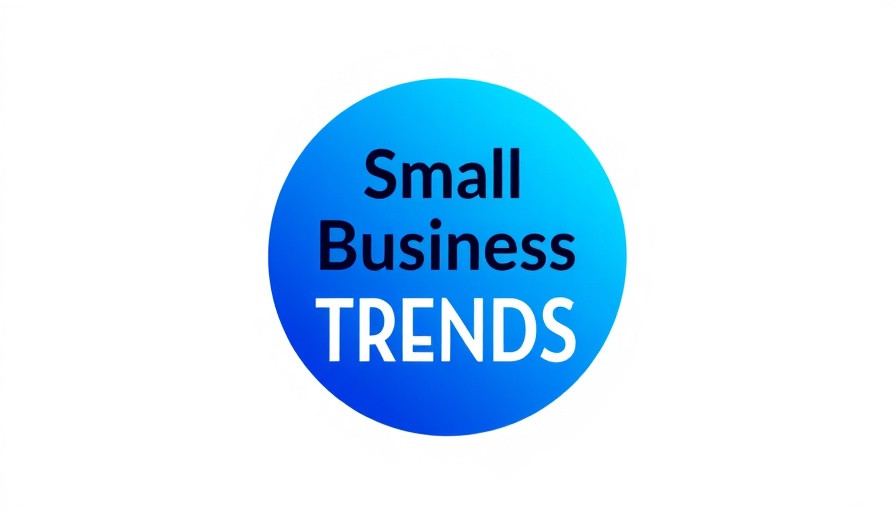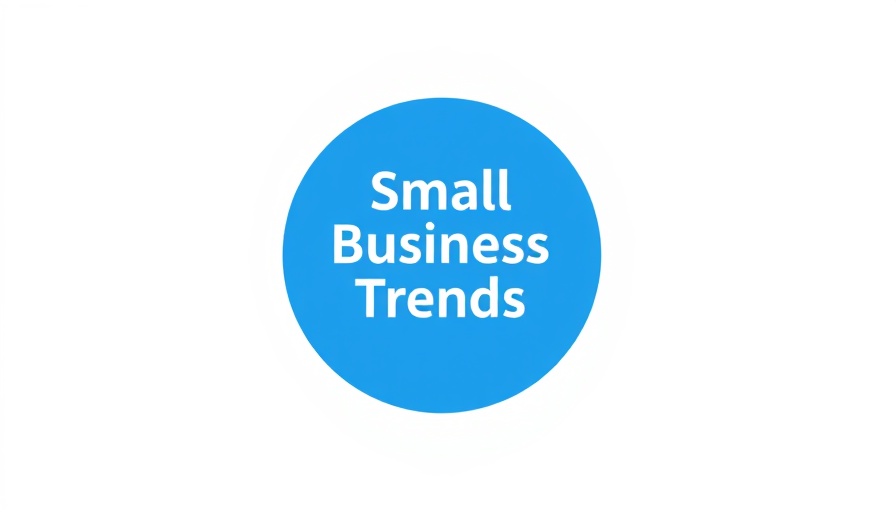
Transforming Passion into Profit: The Bonanza of Reselling
Starting a reselling business can be a game changer for your financial future, especially in today’s digitized world. With the proliferation of online marketplaces, every tech-savvy individual now has the potential to turn their passion for shopping into a lucrative venture. Imagine hunting for thrift store treasures or scoring on trendy items, and profiting handsomely in the process. But how do you navigate this booming industry while leveraging your technical prowess?
Understanding the Mechanics of Reselling
At its core, reselling involves purchasing products at lower prices and selling them at a profit. Entrepreneurs tap into their interests while generating income on various platforms. Understanding the market demand is crucial. By conducting thorough market research, you can identify trending items and pinpoint your target audience, thus shaping your business strategy effectively.
Identifying Your Niche: Where Passion Meets Profit
Defining a specific niche not only simplifies your marketing efforts but also addresses unique customer needs more effectively. For instance, enthusiasts passionate about gadgets might focus on reselling the latest tech devices. Building a brand that reflects this niche creates a strong connection with your audience and significantly boosts sales conversions.
Sourcing Products: The Key to Successful Reselling
Successful reselling hinges on where and how you source your products. You may explore wholesale or retail channels, with online marketplaces providing additional opportunities for uncovering discounted items. Facilitating these transactions requires savvy skills, especially if you can leverage technology for insights. Moreover, using AI tools can streamline this process by predicting market trends and optimizing sourcing strategies.
Choosing the Right Business Model
Several models can guide your reselling journey:
- Retail Arbitrage: This involves purchasing discounted products from physical stores and selling them online.
- Online Arbitrage: Similar to retail arbitrage but focuses on buying from online retailers to resell on platforms like eBay or Amazon.
- Thrift Flipping: Involves sourcing second-hand items and reselling them at a markup.
- Wholesale Reselling: Buying goods in bulk at discounted rates opens up the potential for substantial profits.
- Dropshipping: A model where you list products without managing inventory; suppliers handle fulfillment.
Marketing Strategies for Reselling Success
Building a robust online presence is indispensable. Engage actively on social media to attract your target audience by showcasing products and promotional campaigns. Utilize AI marketing tools to track engagement and tailor your strategies. You can enhance your product visibility through targeted AI-generated content, which resonates with potential customers while boosting your online footprint.
Financial Management: The Heart of Sustainability
To maintain a thriving reselling business, effective financial strategies are paramount. Consider implementing competitive pricing while diligently tracking expenses and revenues. Understand your cash flow and profitability margins to ensure your continued growth. Integrating AI solutions can further optimize cash flow management, thus helping you make informed decisions about inventory and pricing.
Future Trends and Insights in Reselling
As the e-commerce landscape evolves, the reselling model is poised for remarkable changes. Artificial intelligence is becoming increasingly influential in reshaping how businesses operate. Trends like AI-driven analytics will not only enhance product sourcing but also refine marketing strategies, creating more personalized experiences for consumers. Preparing for these shifts can position resellers at the forefront of this growth, ultimately leading to greater success.
Final Thoughts: Embrace the Journey
The reselling landscape offers abundant opportunities; however, success requires strategic planning, a clear understanding of the market, and effective financial management. As you embark on this venture, remember that your passion can fuel not only your business but also your financial freedom. Dive in, embrace the process, and leverage the technological tools at your disposal to create a reselling enterprise that not only thrives but adapts to future innovations.



Write A Comment